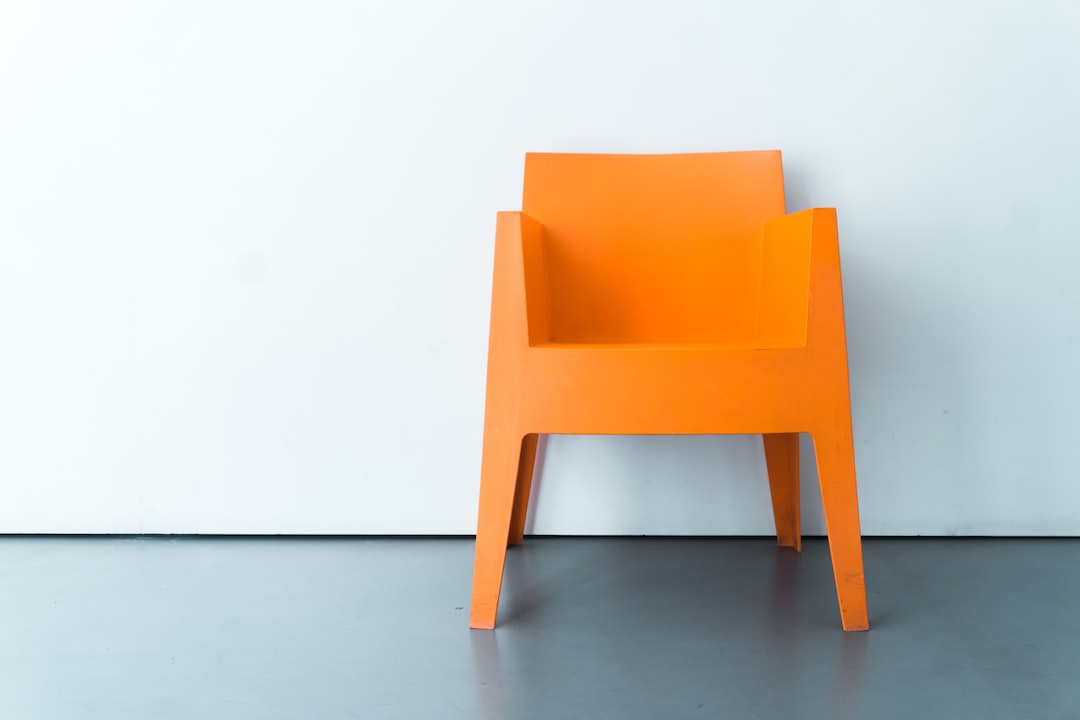When it comes to furniture design, there are countless factors to consider, from color and shape to materials and functionality. One design element that often goes overlooked but can make a significant impact is texture. Texture refers to the feel, appearance, or consistency of a surface, and incorporating various textures into your furniture design can add depth and interest to your space. In this blog post, we will explore the role of texture in furniture design and how it can transform your living space.
Firstly, texture can create a tactile experience for users. When we touch different surfaces, our senses are heightened, and this can greatly enhance the overall experience of using furniture. For example, a plush velvet sofa invites you to sink into its softness, providing a sense of comfort and relaxation. On the other hand, a sleek leather armchair offers a smooth, cool touch, creating a more sophisticated and stylish feel. By incorporating different textures throughout your furniture pieces, you can create a variety of tactile experiences that add to the overall ambiance of your space.
In addition to the tactile experience, texture can also visually enhance your furniture and space. By using different textures, you can make a design statement and create a visually interesting look. For instance, a wooden coffee table with a rough, distressed finish adds a rustic and natural element to a room, while a mirrored side table with a smooth, shiny surface adds a touch of glamour and sophistication. These contrasting textures can elevate the visual appeal of your space and make it more visually captivating.
Furthermore, texture can be used to highlight or tone down certain elements of your furniture design. For example, if you have a large, solid-colored sofa, adding textured throw pillows or a patterned rug can help break up the visual monotony and create visual interest. Conversely, if you want to draw attention to a specific piece of furniture, using smooth and sleek textures around it can make it stand out more prominently. By strategically incorporating different textures, you can create a balanced and visually pleasing composition.
Texture can also play a role in creating a cohesive and harmonious space. By repeating certain textures throughout your furniture and decor, you can establish a sense of unity and cohesiveness. For example, if you have a rattan chair with a textured surface, incorporating a side table with a similar rattan texture can create a sense of continuity. This repetition creates a harmonious flow that ties the different elements of your space together, creating a well-designed and inviting atmosphere.
Moreover, texture can evoke certain moods or emotions in a space. Different textures can create different atmospheres and set the tone for a room. For instance, using soft, plush textures like velvet or faux fur in a bedroom can create a cozy and inviting atmosphere, perfect for relaxation. On the other hand, using smooth, sleek textures like glass or metal in a workspace can create a clean and professional feel conducive to productivity. By carefully selecting textures that align with the mood you want to create, you can enhance the overall ambiance of your space.
In conclusion, texture plays a vital role in furniture design by adding depth and interest to a space. By creating a tactile experience, enhancing visual appeal, highlighting or toning down certain elements, establishing cohesiveness, and evoking specific moods, texture can transform a mundane space into a captivating and well-designed environment. So, whether you prefer rough, distressed finishes or smooth, sleek surfaces, consider incorporating different textures in your furniture design to create a more engaging and visually pleasing space.

